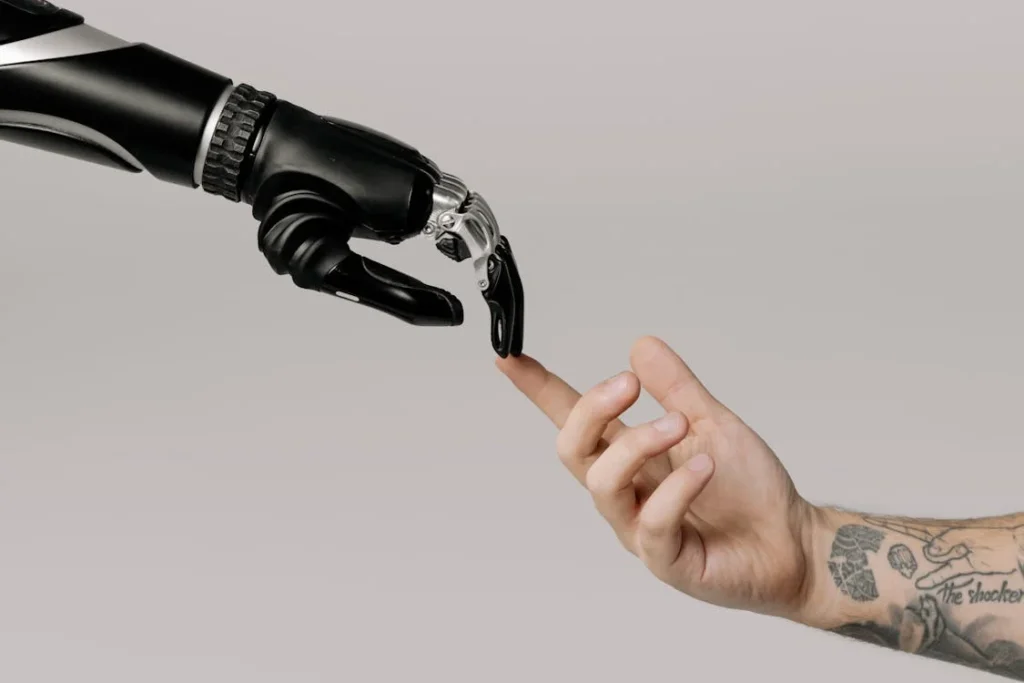Getting a prosthetic limb at the right time after an amputation is not just a medical decision—it’s a life-changing one. But for people in rural or underserved areas, that opportunity often comes late, or not at all. Delays can lead to long-term physical and emotional problems, yet access to proper prosthetic care is still uneven across regions.
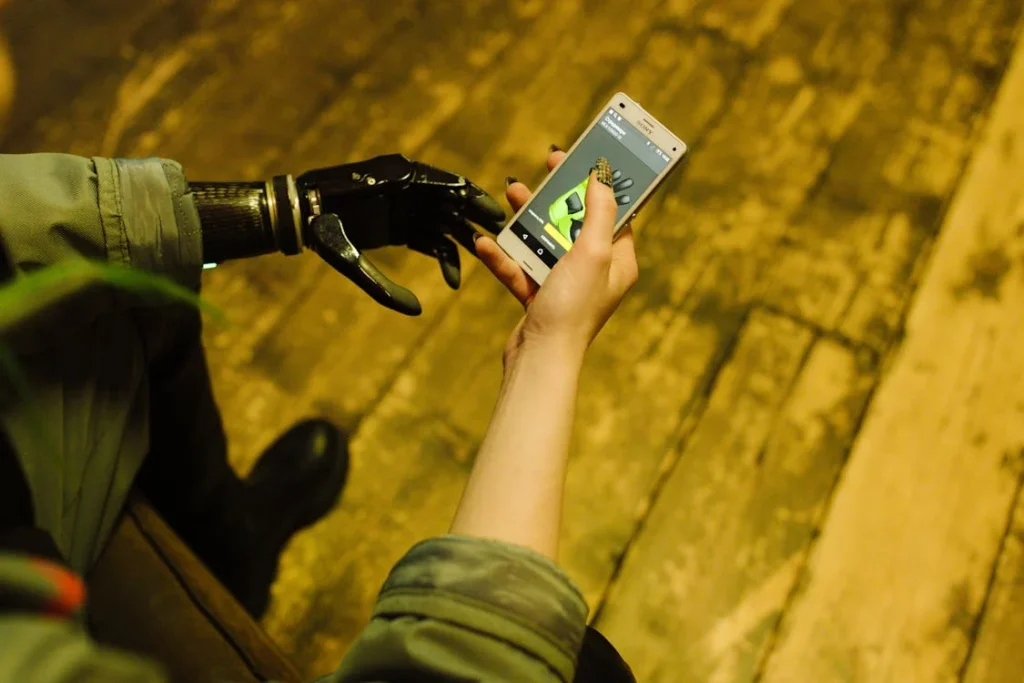
Understanding the Real Challenges in Rural Areas
Why Delays in Prosthetic Fitting Happen So Often
Living in a remote or underserved area often means facing more obstacles than most when it comes to healthcare. For amputees, these challenges show up fast. Unlike in cities where hospitals, prosthetists, and rehab centres are nearby, rural communities are often hours—sometimes days—away from such services. But travel is just one piece of the puzzle.
One big problem is lack of awareness. Many patients and even some local healthcare workers don’t always know when it’s the right time to start prosthetic planning. They may wait months for wounds to heal or think they need to “adjust” before considering a limb. In truth, early conversations—often within the first few weeks after surgery—can make a massive difference.
Another issue is money. Prosthetics aren’t cheap, and in rural areas, income levels are often lower, while financial support systems are either weak or unknown. Government schemes exist in India, like ADIP (Assistance to Disabled Persons), but navigating the paperwork and eligibility criteria can be tricky without guidance.
There’s also a shortage of prosthetic experts. Most prosthetists work in urban clinics, not rural hospitals. This means people must travel far just to get measurements taken or for device adjustments. And when you’re healing or have mobility limitations, those long trips can feel impossible.
Finally, local infrastructure plays a role. Poor roads, limited phone networks, unreliable transport—these factors all add up and delay access to timely care. Even when a patient is ready and willing, the system often isn’t.
The Emotional Toll of Being Left Behind
Physical recovery is only half the battle. Waiting too long for a prosthetic limb can take a deep emotional toll. People who might have returned to farming, teaching, driving, or other jobs find themselves stuck at home, slowly losing confidence. They start to feel like a burden to their families. Depression, anxiety, and loneliness begin to creep in.
In many rural cultures, especially in conservative areas, the stigma of disability can be stronger. A missing limb becomes a mark of weakness. Without access to the right tools or education about what’s possible, families may not encourage prosthetic fitting soon enough. Some may even feel ashamed to seek help.
Timely prosthesis fitting can prevent all of that. It gets people walking again. It helps them feel like themselves. And it gives them back their independence—which is perhaps the most powerful form of healing there is.
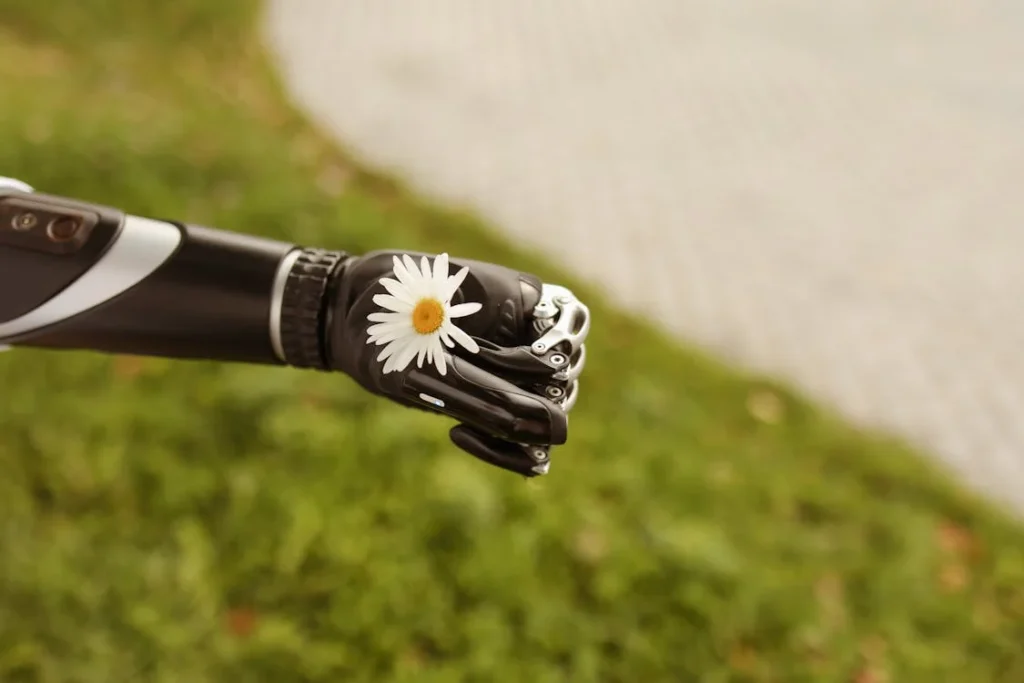
How to Start the Conversation About Early Prosthetic Care
Getting Informed Before You Speak Up
Before you can advocate for timely prosthetic fitting in rural or underserved communities, it’s important to first understand what “timely” really means. Most surgeons and prosthetists agree that the ideal time to begin planning for a prosthesis is just a few days to a couple of weeks after amputation.
That doesn’t mean the limb is fitted immediately—but the process should begin early. Proper wound care, stump shaping, compression therapy, and early mobility training should all be part of the plan. Unfortunately, this timeline is often missed in rural settings.
The best way to start changing this is by getting informed. Talk to healthcare workers who specialize in amputation recovery, visit prosthetic clinics (in person or online), and read up on what early prosthetic intervention really looks like. When you understand the medical and emotional benefits, you can explain them clearly to others—and that’s how awareness spreads.
If you’re a patient or family member, you don’t have to wait for someone to bring up prosthetics. Ask your doctor about the timeline for fitting. If they don’t have answers, ask them to refer you to someone who does. It’s your right to know all your options.
If you’re a community health worker or rural nurse, start by bringing up prosthetics during your regular home visits. Talk to families with recent amputees. Most people won’t know that they should begin therapy within weeks. A simple explanation about how early fitting improves balance, walking ability, and even emotional health can make a huge difference.
Making It Real With Local Stories
Facts are important, but stories are what truly move people. If someone in the village or local area has received a prosthetic early—and is doing well because of it—ask if they’d be willing to share their experience. They don’t need to give a speech or speak publicly. A quiet word with a neighbour or a short visit to a new amputee’s home can change how the whole community sees prosthetics.
Human stories make the idea of timely prosthetic fitting feel real. People no longer see it as something only for the wealthy or urban elite. They start to believe it’s possible for them too. And that belief is the first step toward action.
If you work at a clinic, consider displaying pictures (with permission) of past patients who are thriving after prosthetic use. Let their journeys be an example. If you’re a volunteer, arrange small group talks where people can listen, ask questions, and learn. And if you’re a prosthetist or therapist, visit rural centres every few weeks and make time for informal discussions with families.
Education doesn’t always require formal campaigns. Sometimes, it just needs a trusted person to say, “You don’t have to wait. You can start your journey today.”
Bridging the Gap Between Hospitals and Villages
One of the biggest barriers to timely prosthetic fitting is the huge gap between where treatment is available and where patients live. Most hospitals don’t have follow-up programs to reach out to amputees in rural regions. Once the surgery is done, patients are discharged and left to figure things out alone.
This is where local advocacy can truly shine. Whether you’re an individual or part of an NGO, you can step in and help bridge this gap. Start by building connections between local hospitals and community leaders. Let the hospitals know that their patients need more support after discharge. Offer to help coordinate follow-up appointments, transport, or even online check-ins.
If you’re part of a rural healthcare centre, set up a simple tracking system for amputee patients. Make a list, follow up regularly, and see how they’re doing. If someone hasn’t started the prosthetic process, help them reconnect with the right people.
Even a single village can become a model of success if the right systems are put in place. And once other areas see it working, they’ll want to follow.
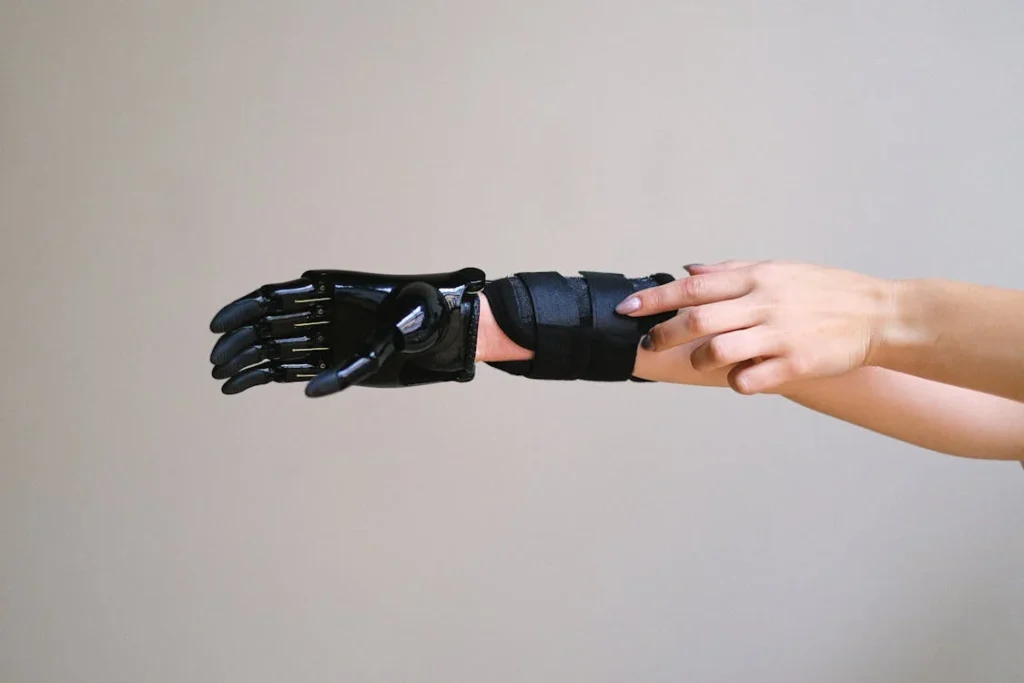
Building Local Networks to Support Timely Prosthetic Access
Creating a Circle of Support Around the Patient
No one should have to go through the prosthetic journey alone—especially not someone living in a remote area where information and access are limited. That’s why building a local support network is one of the most powerful things anyone can do to speed up the prosthetic fitting process.
Start small. Look around your village or community. Is there a local nurse, an ASHA worker, a school teacher, a shopkeeper—anyone who is well-known and trusted? These people can help spread the word about the importance of early prosthetic planning. They can also be the first to notice when someone is struggling after an amputation and may need help.
When even two or three people come together around a patient, things start to move faster. One person can help with transport. Another can help with paperwork for government aid. Someone else can talk to a clinic or doctor on the patient’s behalf. Each small effort adds up to real progress.
You don’t need a big organization or budget to make a difference. A neighbour showing up, a local NGO worker calling a hospital, or a health worker checking on stump healing during a home visit—these are the moments that push someone toward timely prosthetic care.
Finding and Partnering With Prosthetic Providers
India has many capable prosthetic manufacturers and clinics, but most of them are based in cities. Still, many of these providers are open to working with rural communities if there’s genuine interest and coordination.
Start by identifying clinics that already offer outreach services or mobile camps. Some manufacturers, like us at Robobionics, regularly conduct rural awareness drives and on-site fitting camps. If you’re a local leader, reach out and invite such organizations to your region. Offer to help them find space, spread the word, or bring patients together on camp day.
Even if a full fitting can’t happen on-site, these camps often include evaluations, measurements, and counseling sessions—key steps that help patients prepare for a prosthetic earlier. Once the assessment is done, future appointments become more focused, and the patient is more likely to follow through.
If no such camps exist nearby, try to create a partnership. Write a simple email or letter to prosthetic providers explaining the situation in your area. You don’t need fancy words—just tell the truth. Say you have patients who need help, explain the challenges, and ask if there’s a way to work together. Often, that’s all it takes to start a valuable connection.
Using Technology for Better Follow-Up and Fitting
Even in villages, mobile phones are becoming common. WhatsApp, voice calls, even basic SMS can go a long way in keeping the prosthetic process on track.
If you’re helping someone through the process, try setting reminders for their appointments or therapy sessions. If travel is tough, see if the clinic offers virtual consultations for check-ins or progress updates. Many prosthetists are now comfortable evaluating healing, alignment, and gait through video.
Take photos of the residual limb and share them securely with the clinic if they ask. Ask questions through voice notes if someone isn’t comfortable typing. Even sending a short update about pain levels or skin changes can help the provider offer the right advice from afar.
Sometimes a prosthesis needs adjustments, but that doesn’t always require a full in-person visit. A short video of how the patient walks or uses the limb can help experts suggest minor fixes. That saves time, money, and energy for everyone involved.
Technology doesn’t replace hands-on care, but it does help bridge the gap when distance and resources are limited. Use what’s available—and keep pushing for more.
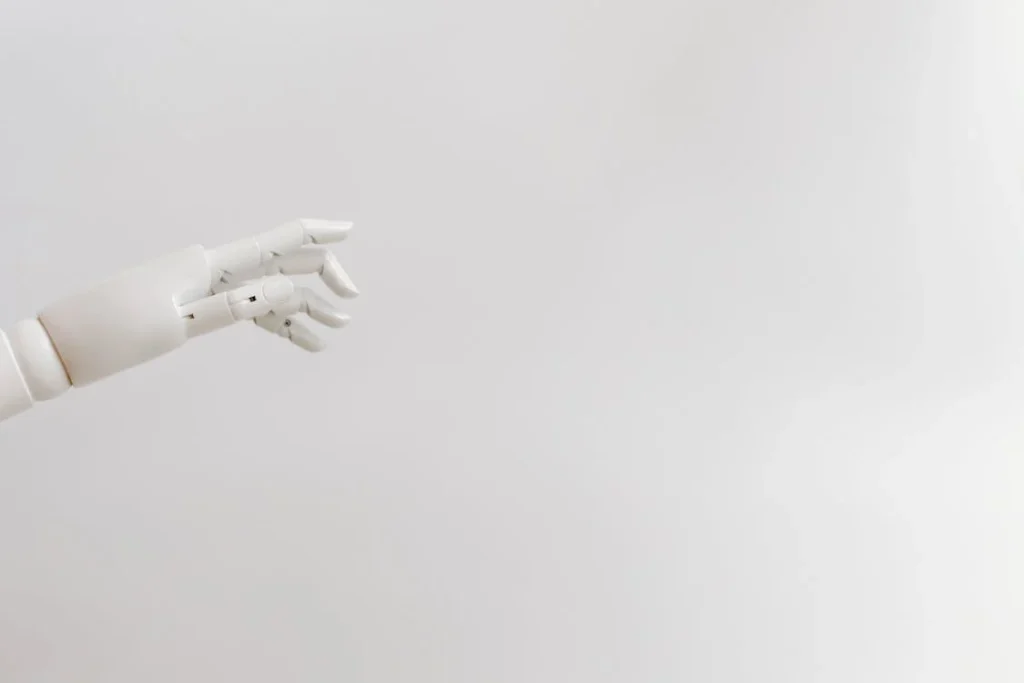
Navigating Financial Barriers and Government Schemes
Understanding What Help Is Available
One of the most common reasons people in rural or underserved areas delay or avoid prosthetic fitting is cost. A good-quality prosthesis can seem out of reach, especially when a family is already dealing with hospital bills, job loss, and emotional stress after an amputation.
But the truth is—there are programs out there that can help. In India, one of the most important schemes is the ADIP Scheme (Assistance to Disabled Persons for Purchase/Fitting of Aids and Appliances), offered by the Ministry of Social Justice and Empowerment. Through this scheme, people with disabilities—including amputees—can get financial support to receive prosthetic limbs at little or no cost.
However, awareness of the scheme is very low in rural areas. Even when people know about it, they often don’t know how to apply or where to begin. That’s where local advocacy becomes powerful. By learning about the process yourself, you can help guide others through it.
The application usually requires:
- A valid disability certificate.
- An income certificate (to prove that the applicant qualifies for the subsidy).
- A medical prescription or proof of need from a government hospital.
- ID proof like Aadhaar card or ration card.
Once approved, the applicant is either connected to an empanelled service provider or invited to a local camp where the fitting is done.
The paperwork may seem complicated at first, but many NGOs, local health offices, and disability rights groups are willing to help. If you’re part of a health post or panchayat office, keep printed forms and simple checklists available. That alone can cut down delays by weeks.
Supporting Families Through the Funding Process
Helping someone get a prosthetic doesn’t stop with submitting a form. The patient often needs support throughout the waiting period, especially if they’ve lost income after amputation. Some may need help with transport to fitting centres. Others might need encouragement to keep going after delays or rejections.
This is where community support shines again. A small fund created through local donations or CSR partnerships can be life-changing. Even just covering the travel cost to a fitting camp can make the difference between a person giving up or getting their limb.
If you’re running or supporting a local group, try reaching out to regional businesses. Many are open to small-scale CSR projects that directly impact lives. Show them what their help can do—introduce them to a patient, share before-and-after photos, or invite them to a local camp. The human connection often unlocks generosity that formal letters never can.
And don’t forget—prosthetic care is not a one-time cost. Fittings need follow-ups, repairs, or upgrades. Some people need two or three adjustments before the limb feels right. Planning for that, emotionally and financially, is just as important as getting the first fitting.
What to Do When Funds Are Denied or Delayed
Unfortunately, not every application gets approved quickly. Sometimes paperwork is lost. Sometimes deadlines pass. And sometimes, patients are told they’re ineligible even when they meet all the requirements.
In these moments, it’s easy to lose hope—but advocacy means keeping the momentum alive.
First, double-check the paperwork. Many delays are caused by missing or unclear documents. If possible, get help from a local social worker, government office, or NGO who has experience with the ADIP process.
If you believe a rejection is unfair, you have the right to appeal. Write a simple, respectful letter to the district disability welfare office explaining your case. Include any supporting documents and ask for a review. Keep copies of everything.
In the meantime, look for alternate funding. Some state governments run additional schemes that supplement ADIP. Private organizations like Rotary, Lions Club, and some hospitals also offer sponsored prosthetic programs. Keep a running list of these options and share them in the community.
Delays are frustrating—but they’re not the end of the road. With guidance, patience, and persistence, many people do eventually get the help they need.
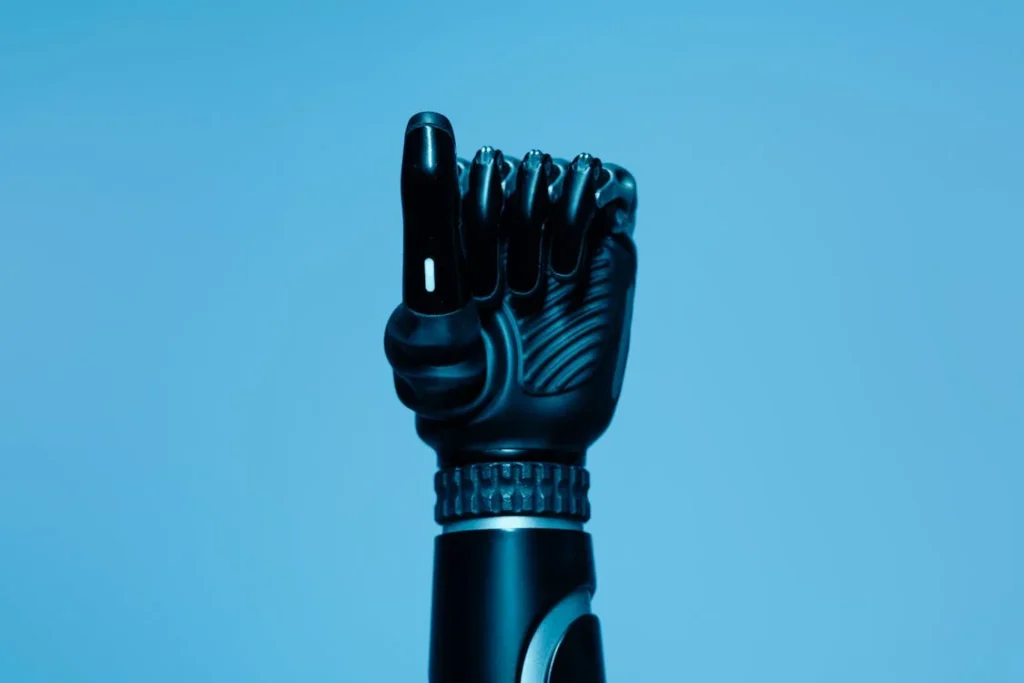
Turning Rural Communities into Self-Sustaining Hubs for Prosthetic Advocacy
Training Local Health Workers to Be Prosthetic Guides
When doctors and prosthetists are far away, someone local has to step up. And often, the best person for the job is already there: the village nurse, the ASHA worker, the schoolteacher, or even the local pharmacist. These people are trusted, accessible, and already involved in health-related conversations. With the right training, they can also become the first point of contact for prosthetic care.
You don’t need to turn a health worker into a prosthetist. What’s more helpful is giving them enough knowledge to recognize when a patient is ready for a prosthesis, where to refer them, and how to support them emotionally during the process. This includes knowing:
- How long typical wound healing takes.
- When stump shaping should begin.
- What warning signs to look for (like infection or depression).
- Which organizations offer prosthetic support nearby.
Training sessions can be short and simple. A half-day workshop led by a prosthetic clinic or experienced NGO can equip local staff with the basics. Even a printed handout with steps and contact information can go a long way. Once local workers feel confident, they begin to raise awareness naturally in their conversations—with patients, families, and village leaders.
When this happens, advocacy doesn’t come from the outside anymore. It grows from within.
Building a Culture of Early Recovery
In many rural areas, there’s an unspoken rule: people deal with problems quietly, especially medical ones. An amputee might feel it’s their duty to accept their “fate” and not bother others. Some families worry that talking about prosthetics too soon might seem disrespectful or pushy. These cultural norms, while well-meaning, often delay the recovery process.
That’s why changing the conversation around recovery is so important. It has to become normal—and even expected—that a person with an amputation will walk again with the help of a prosthesis. The more this idea is repeated, the more real it becomes.
You can help shift this mindset through repeated exposure. Start conversations at village events, at schools, or at health camps. Share examples of people who returned to work or school after being fitted with a limb. Normalize the use of the word “prosthesis” the same way we talk about eyeglasses or hearing aids.
Language matters, too. Instead of focusing on disability, speak about ability—what the person can do once they have their prosthetic. Frame the prosthesis not as a luxury, but as a basic tool for dignity, independence, and contribution to the family. These small shifts in attitude make families more willing to support early intervention.
Creating Rural Prosthetic Support Groups
Many patients give up not because the system failed them—but because they felt alone. They didn’t know what questions to ask, or who to talk to when things got hard. A support group—even a very small one—can change that.
You don’t need a formal building or funding to create a support group. Start with one or two people who have been through the prosthetic journey and are willing to talk to new amputees. Meet at someone’s home or a community centre. Share tea, stories, and encouragement. This kind of peer-to-peer support builds confidence faster than any textbook or pamphlet ever could.
You can also involve family members. Let them talk about their fears and ask questions. Often, it’s the family—not the patient—that holds back progress because they’re afraid of the unknown. When they hear from others who’ve been there, their resistance softens.
Over time, these groups become local hubs of strength. They answer questions, calm fears, and offer tips that only real users can give—like how to walk on uneven roads, or how to manage sweating inside a socket during summer. These real-world insights are invaluable.
And more than that, these groups keep the advocacy going. When one person stands up, others start to believe they can too.

Leveraging Schools, Temples, and Panchayats for Community-Wide Awareness
Unconventional but Powerful Places to Spread the Word
In rural or underserved areas, the most effective health campaigns don’t always start in clinics or hospitals—they begin in places where people already gather and feel safe. That’s why schools, temples, mosques, gurdwaras, churches, and even gram panchayat meetings can be powerful platforms to advocate for timely prosthetic fitting.
These places carry authority and trust in ways that posters and flyers rarely do. A short message during a temple announcement, or a conversation during a parent-teacher meeting, can travel faster and farther than formal outreach programs. People listen here. They share what they hear. And they take it seriously.
Start with local leadership. Talk to the school headmaster, the temple priest, the imam, or the panchayat head. Explain what timely prosthetic fitting means and why it matters so much. Make it about dignity, family strength, and economic survival. Keep it grounded in stories—not statistics.
For example, during a school morning assembly, a short message could be shared:
“One of our village uncles lost his leg in an accident. But with a prosthetic limb, he’s walking again. If anyone in your family or neighbourhood needs this help, ask your teacher. We will guide you.”
That simple, honest message can open doors that health posters never could.
The Role of Faith-Based Messaging in Breaking Stigma
In many Indian villages, religious and spiritual beliefs are tightly woven into everyday life. That includes how people view health, illness, and recovery. Unfortunately, some families still see amputation as a punishment, a sign of weakness, or something shameful.
Faith leaders can play a crucial role in turning this around. With their support, prosthetic use can be reframed—not as a loss, but as a second chance. A temple priest speaking positively about recovery, or a Friday prayer gathering where stories of healing are shared, can change how the whole community sees amputation and rehabilitation.
Use this influence wisely. Work with faith leaders to include empowering messages in their talks:
“Losing a leg doesn’t mean losing your life. Just as we use tools to plough the field or light the lamp, we can use modern tools—like prosthetics—to move forward.”
When these messages come from someone the community already trusts, they are accepted faster and spread more deeply.
Panchayats as Policy Drivers, Not Just Listeners
The gram panchayat isn’t just a group of people who oversee road repairs or ration distribution. It can—and should—play a major role in healthcare advocacy too.
Panchayat leaders can:
- Keep a record of local amputees.
- Nominate someone in the village to be a “prosthetic ambassador.”
- Request prosthetic camps through district health offices.
- Push for budget allocations for accessibility, like ramps or waiting areas in community centres.
- Partner with local NGOs or hospitals to organize awareness drives.
You can approach the panchayat with a short plan. Keep it simple. Explain how one fitting can help someone get back to work. Emphasize how this isn’t charity—it’s empowerment. When they see that this is about building a stronger, more self-reliant village, they’re more likely to get involved.
Over time, prosthetic care becomes part of the village’s public health agenda—not an afterthought, but a priority.
Using Schoolchildren as Carriers of Awareness
Children are excellent messengers. They pick up ideas quickly, ask honest questions, and take what they learn home. If you educate them about prosthetics—not just what they are, but how they help—they will talk about it at dinner, with grandparents, or with their friends’ families.
A short school lesson, a fun drawing competition, or even a puppet show can spark powerful conversations. Imagine a child asking her father, “Why doesn’t uncle have a leg like other people? Can we help him get one?” That moment could be the start of real change.
Children also challenge shame. When they see prosthetics as normal, they teach adults to stop whispering and start accepting. That’s how stigma fades—through generation after generation of open, curious, and compassionate minds.
Conclusion
Timely prosthetic fitting isn’t just a medical need—it’s a lifeline. For rural and underserved communities, it can mean the difference between isolation and independence, between hardship and hope. While challenges like distance, cost, and awareness are real, they’re not unbreakable.
Change begins with one conversation, one support group, one trained health worker, or even a single village leader willing to act. When communities, clinics, and caregivers work together, the journey to mobility becomes faster, smoother, and far more empowering.
At Robobionics, we believe every amputee deserves the right to walk again with dignity—no matter where they live. By turning local voices into advocates, and everyday spaces into stages for awareness, we can help ensure that no one is left behind.
The time to act is now. Because every step forward starts with one simple truth: access to a prosthesis should never depend on your pin code.



